The Vision Pro and the Changing Landscape of Developer Workloads
In the ever-evolving world of technology, developers are continually challenged to adapt to new hardware, software, and platform innovations. Among the latest entrants to the tech arena, Apple's Vision Pro—an advanced mixed-reality headset—has introduced new possibilities for developers, significantly impacting their workloads. This piece explores how this cutting-edge device is reshaping the developer landscape.
Understanding the Vision Pro
The Apple Vision Pro is a sophisticated mixed-reality headset that integrates both augmented reality (AR) and virtual reality (VR) capabilities. It's designed to offer a highly immersive experience, blurring the boundary between the digital and real worlds for entertainment, productivity, and communication purposes.
Key features include AR and VR integration, high-resolution display, spatial audio, eye and hand tracking, custom design, and a powerful Apple M2 chip. The headset is engineered to cater to a wide range of applications, from entertainment to professional use, making it a game-changer in the mixed-reality space.
How Vision Pro is Reshaping Developer Workloads
The introduction of the Vision Pro has brought forth numerous opportunities and challenges for developers. Here are some ways it's been transforming their workloads:
1. Demand for AR/VR Content
With the Vision Pro offering both AR and VR capabilities, there's an increasing demand for content that leverages these technologies. This demand has led to a shift in developer workloads, as they now have to create immersive digital experiences that can be seamlessly integrated into the physical world or create entirely virtual environments.
2. Need for Specialized Skills
Developing for mixed-reality platforms like the Vision Pro requires a unique skill set. Developers need to understand spatial computing, 3D modeling, and user interface design for AR/VR, among other competencies. This need for specialized skills is reshaping developer workloads and necessitating continual learning and adaptation.
3. Focus on Performance Optimization
Given that Vision Pro runs on Apple's M2 chip and supports high-definition images and 3D content, developers are tasked with optimizing their applications to run efficiently on this powerful hardware. This focus on performance optimization is becoming a significant part of their workloads.
4. Emphasis on User Experience
The Vision Pro's eye and hand tracking capabilities offer a unique and immersive user experience. Developers have to design interactions that are intuitive, natural, and leverage these capabilities effectively—adding another layer of complexity to their work.
Adapting to the Changing Landscape
Developers have to stay agile and adaptable in the face of these changes. They can do this by upskilling, staying abreast of the latest industry trends, and embracing iterative design and development practices. Investing in tools and technologies that facilitate AR/VR development can also help manage the increased workload.
Conclusion
The Vision Pro represents a significant shift in the landscape of developer workloads. By driving demand for AR/VR content and requiring specialized skills, this mixed-reality headset is pushing developers to adapt and evolve. As technology continues to advance, developers who rise to these challenges will be at the forefront of creating immersive and interactive experiences that redefine our interaction with the digital world.



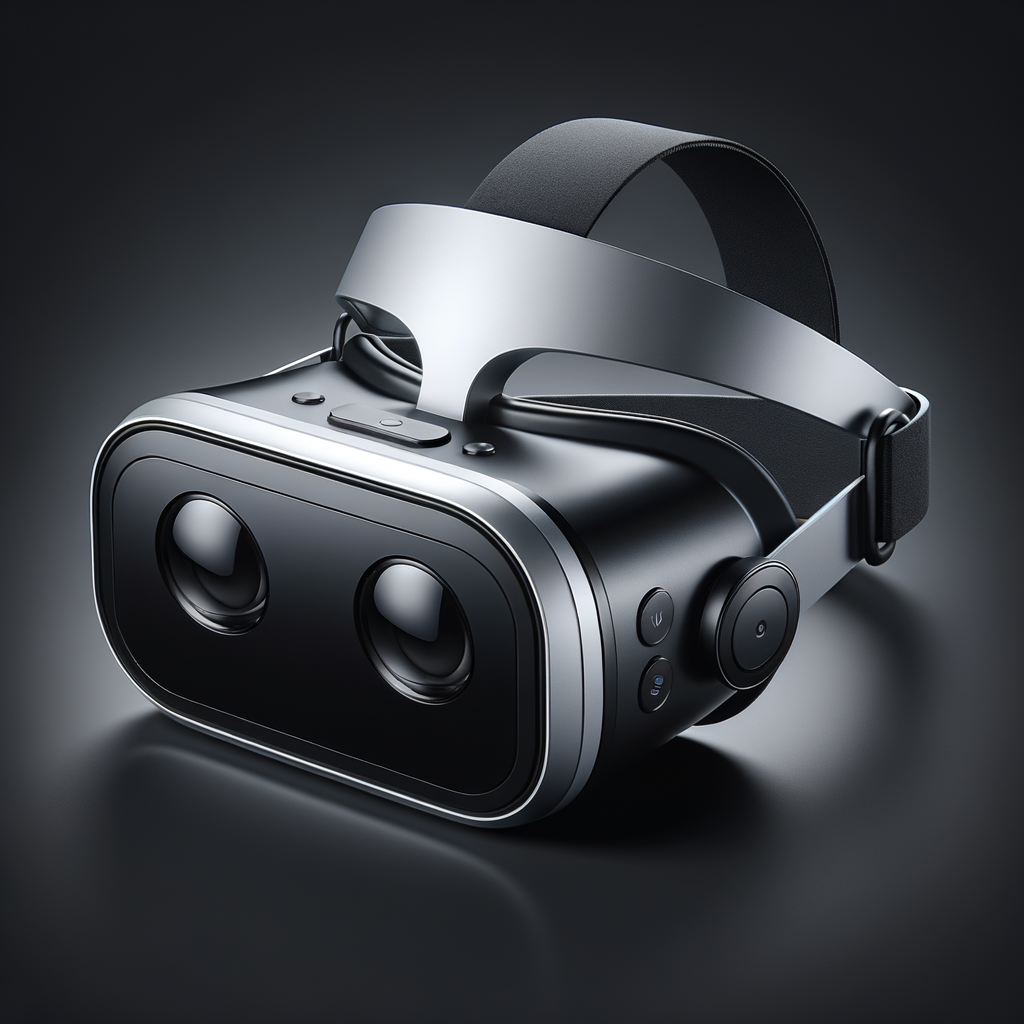
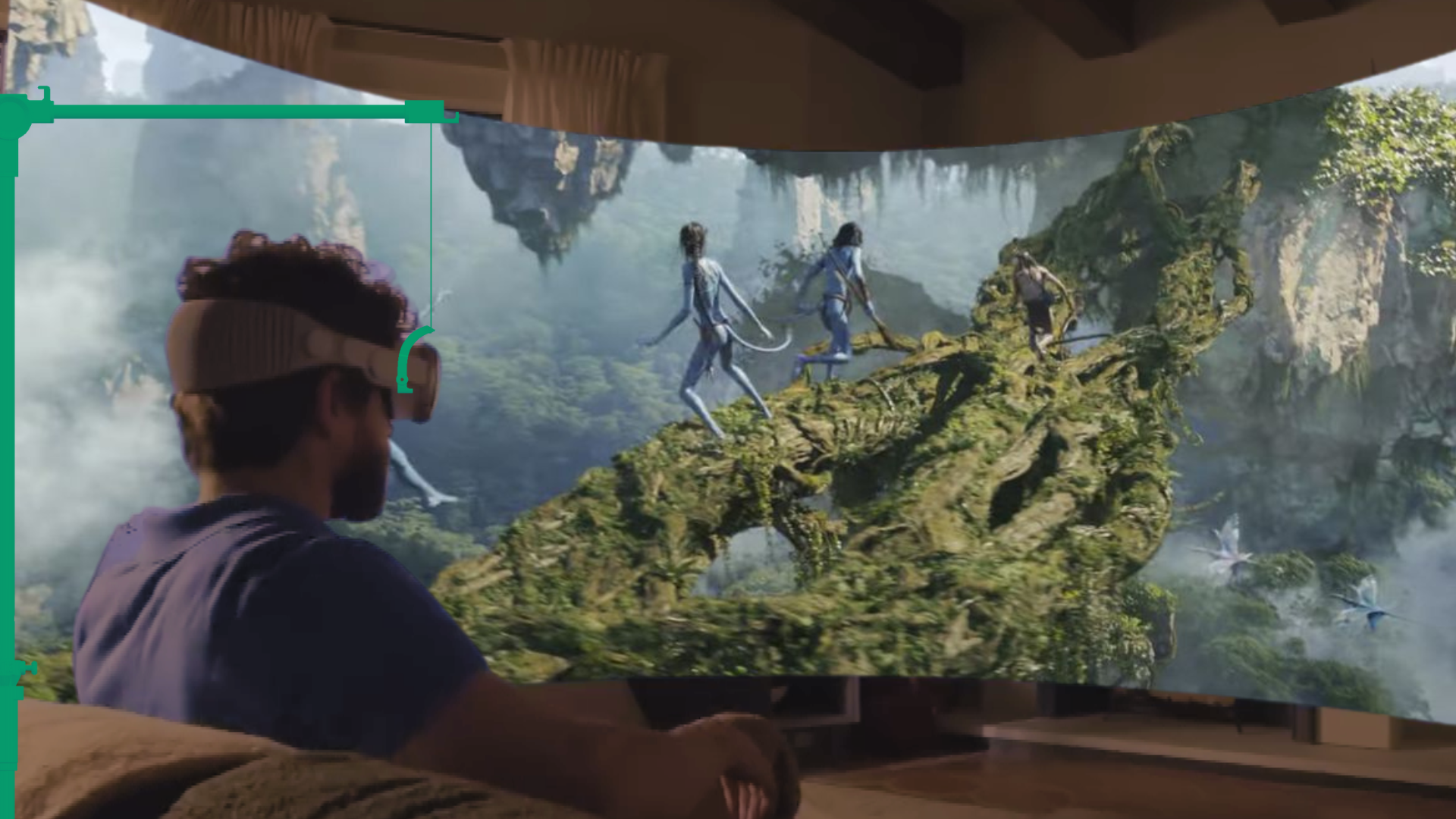
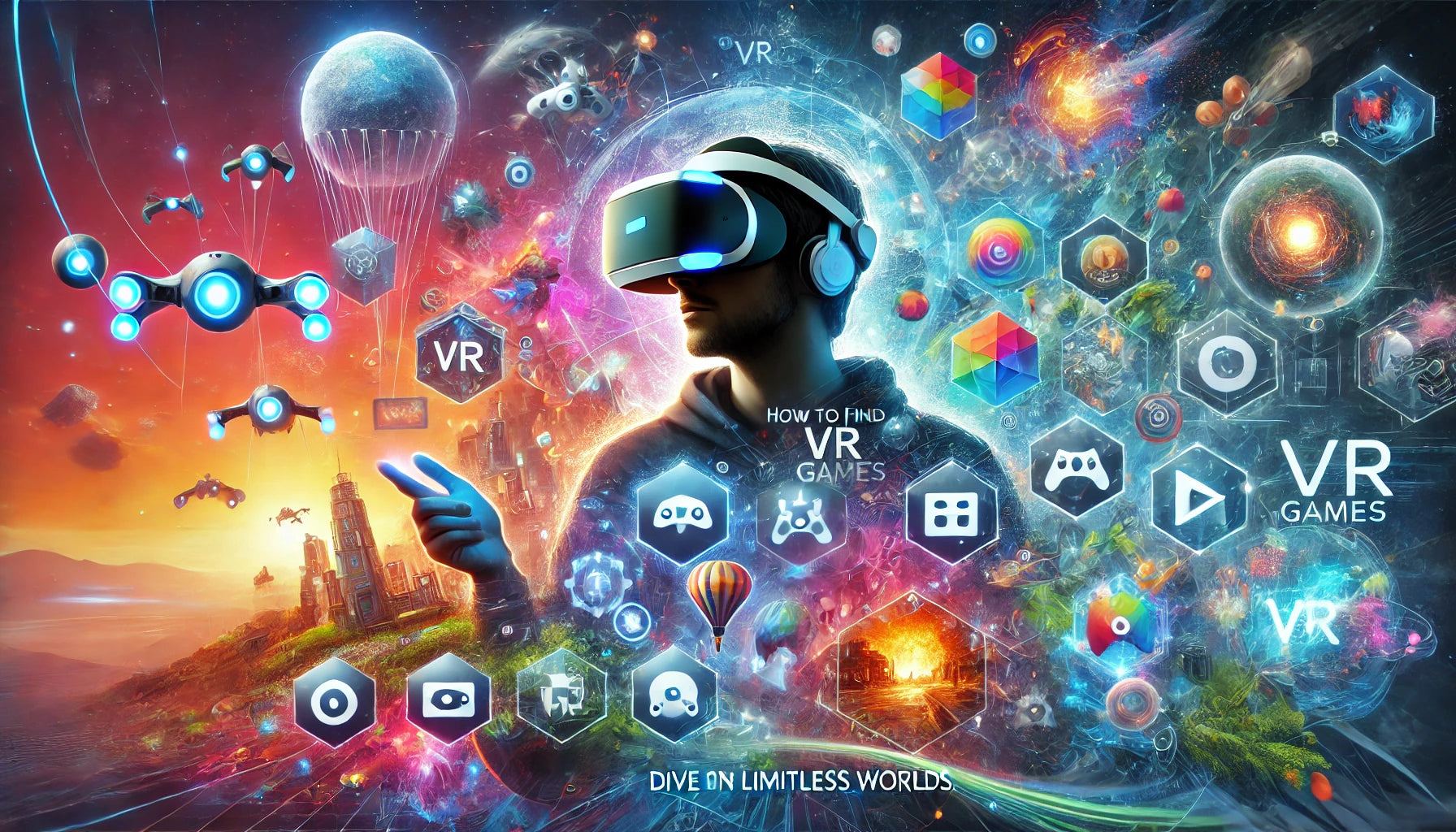
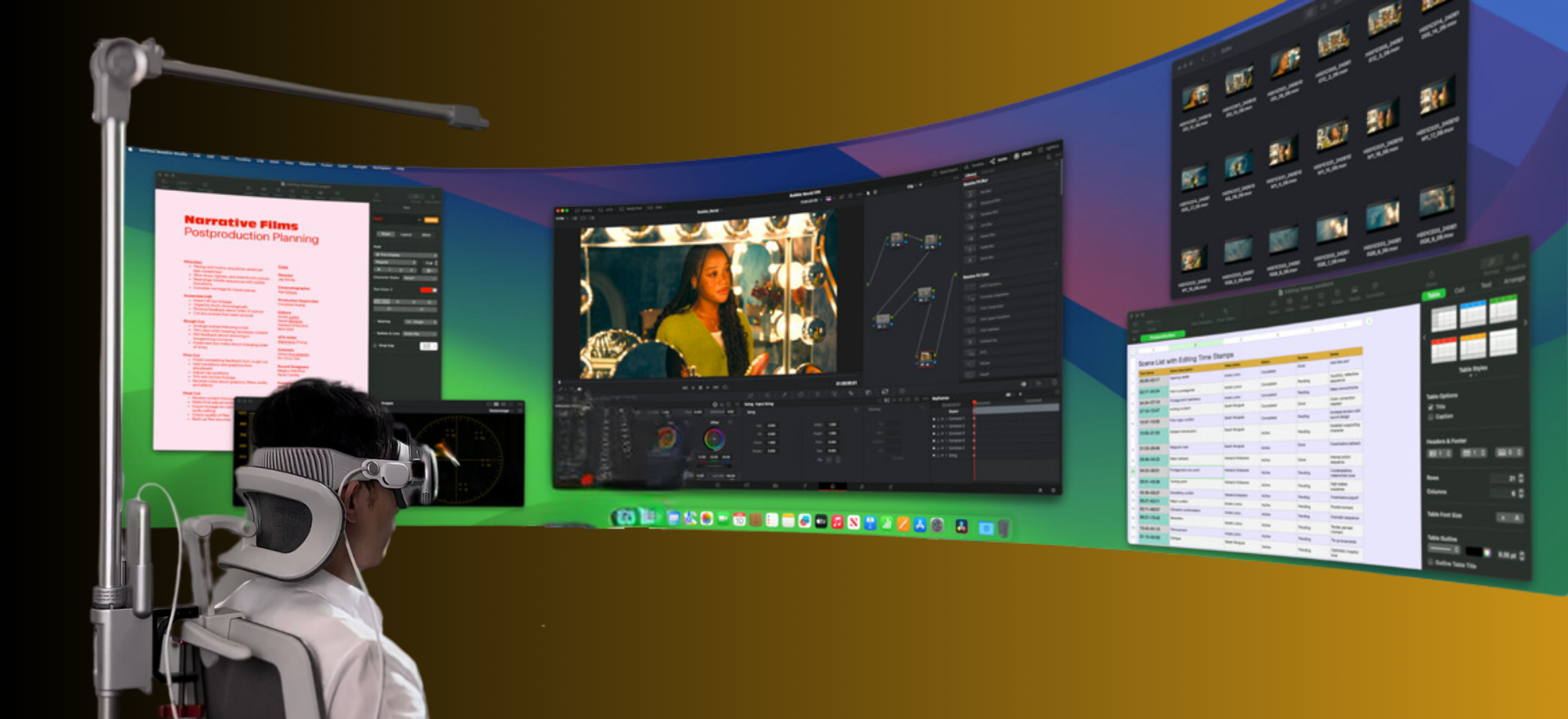
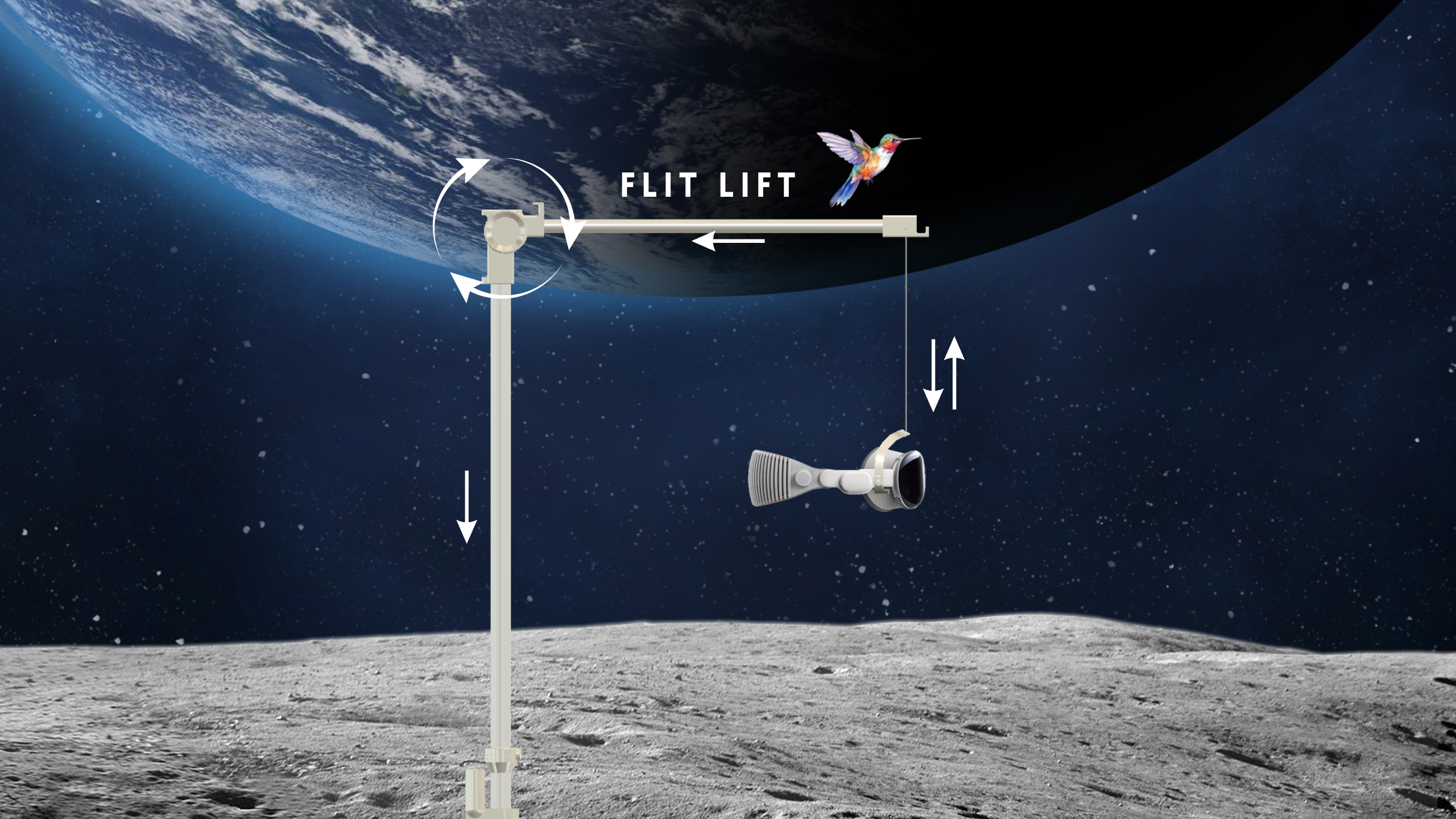
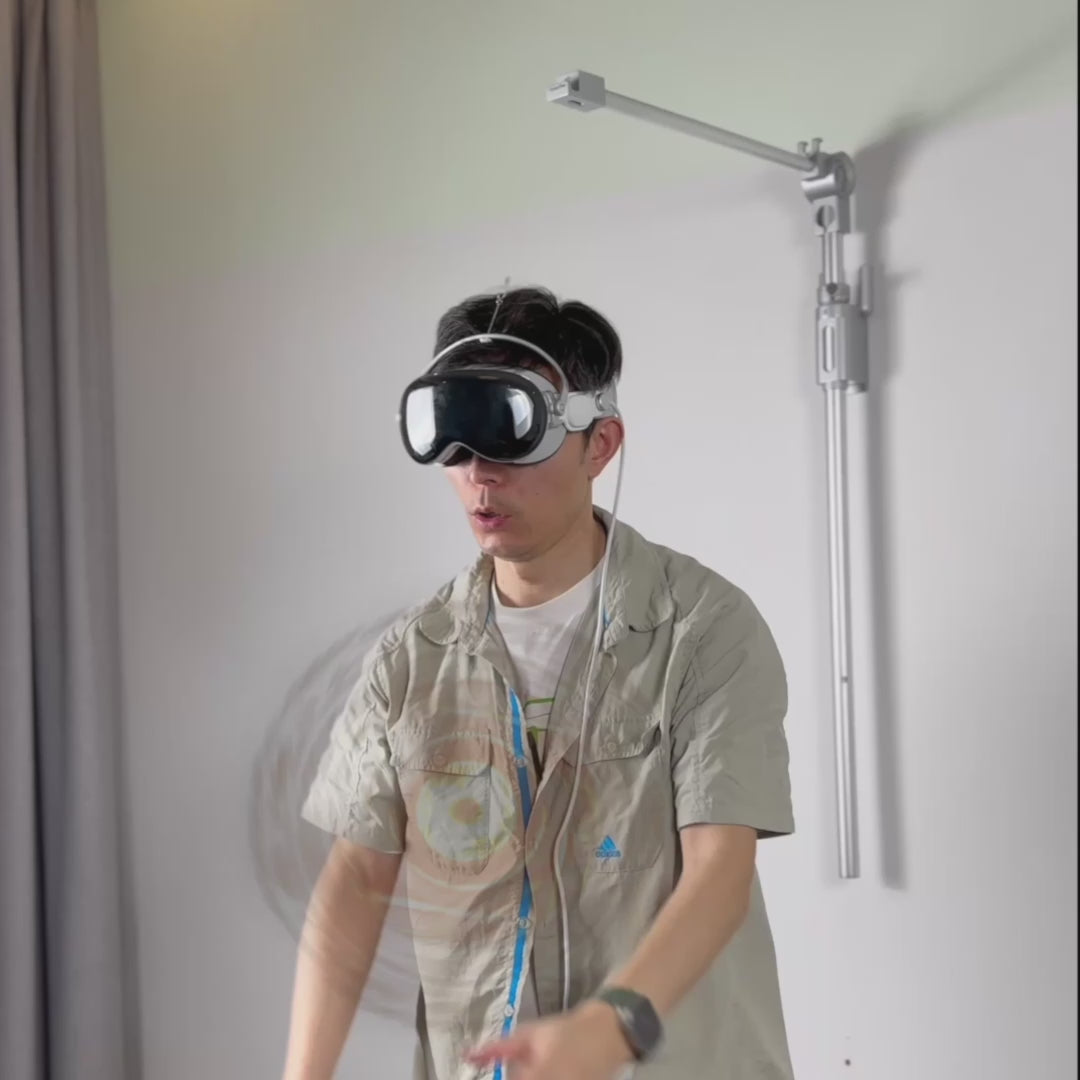
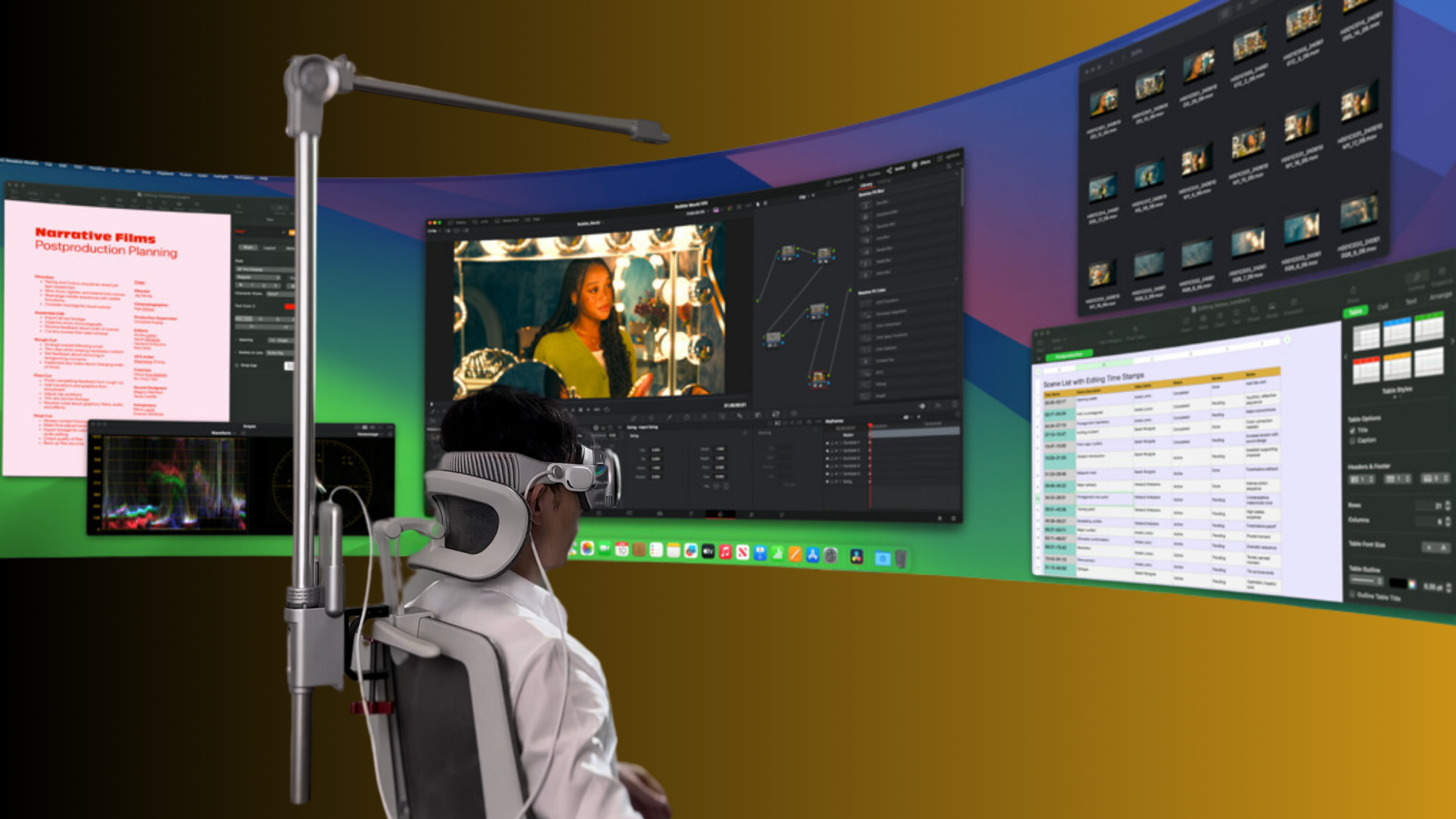
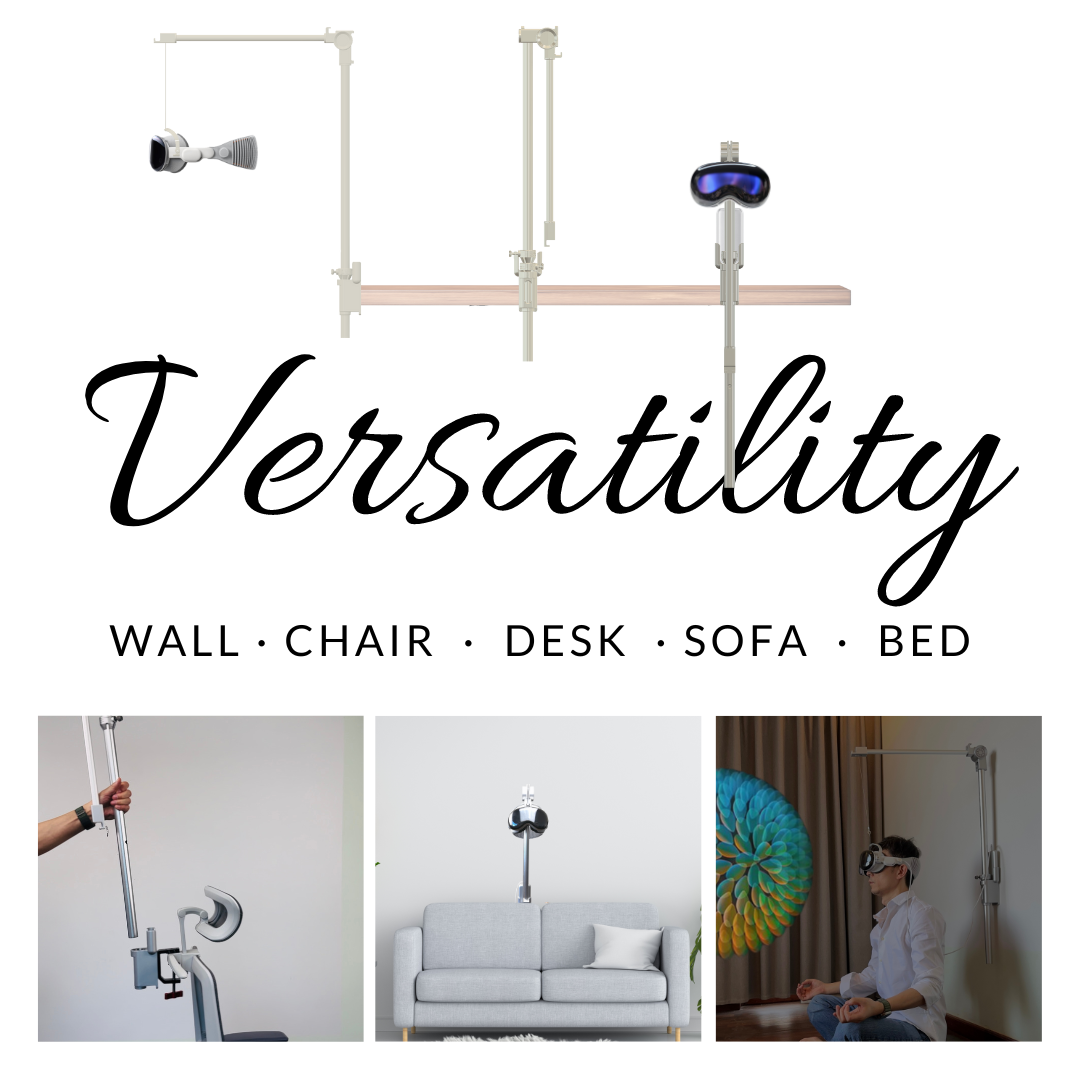
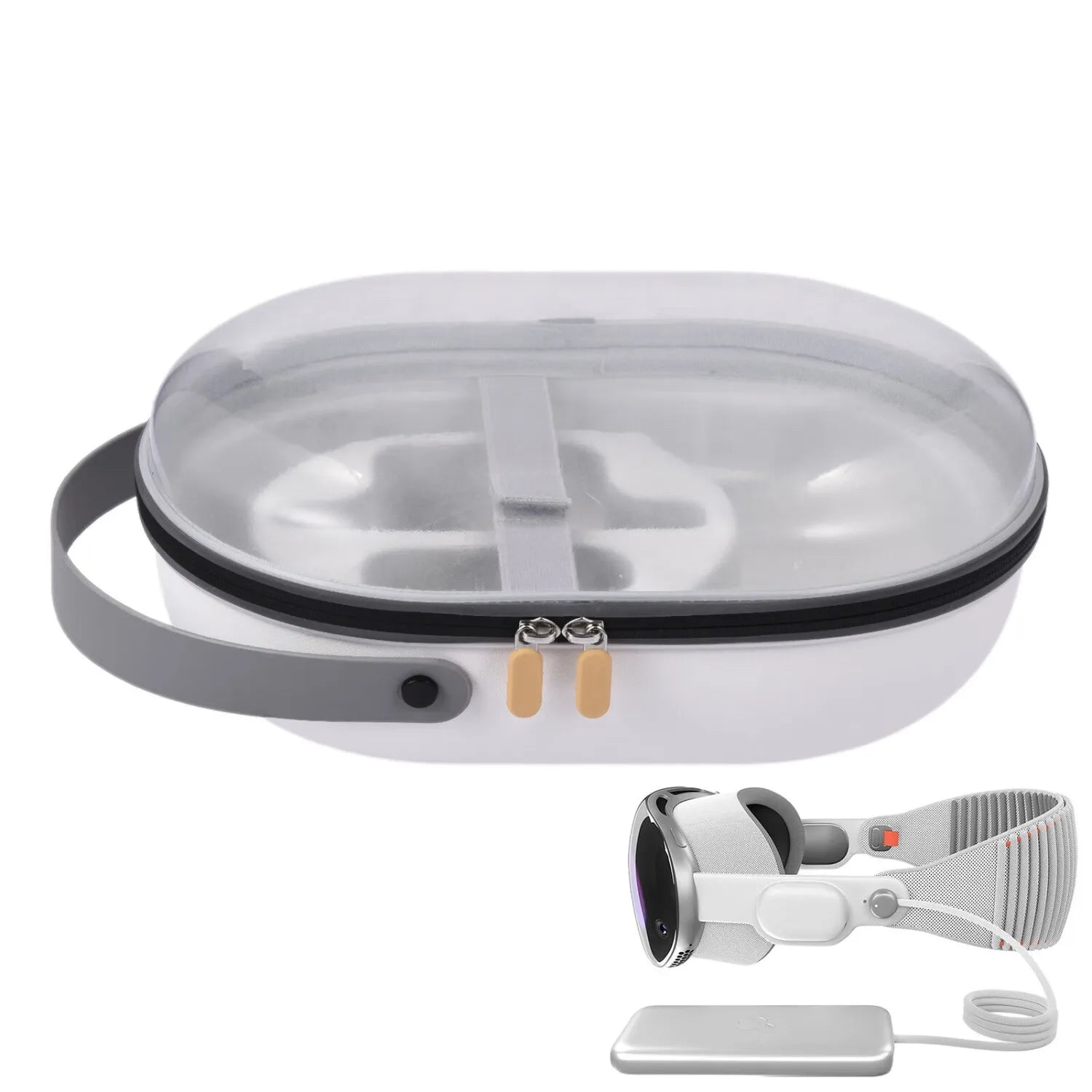
Share:
Vision Pro and the Changing Landscape of Developer Workloads
Vision Pro and the Changing Landscape of Developer Workloads